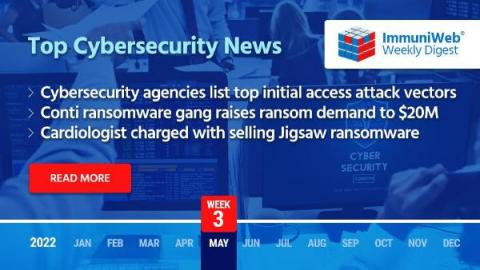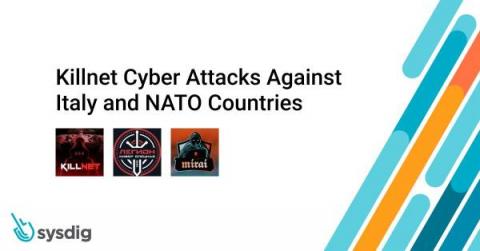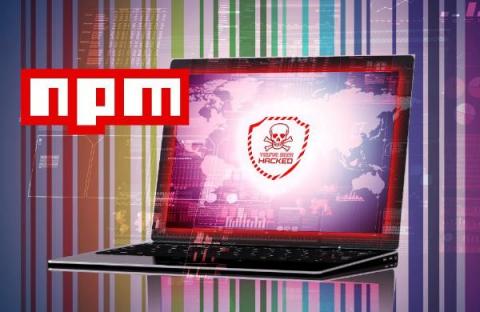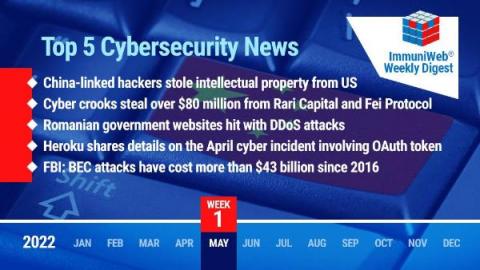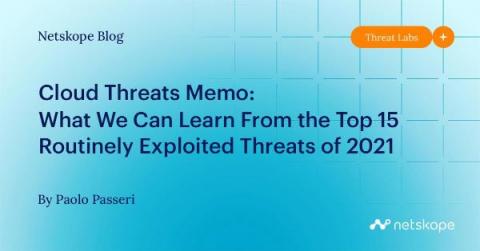MFA Prompt Bombing No More: Countering MFA Bypass Tactics
Multi-factor authentication (MFA) exploits and countermeasure tooling are evolving in real time and at a rapid pace. Some threat actors aim to bypass this security feature for financial gain, while other groups seek to control the flow of information.



